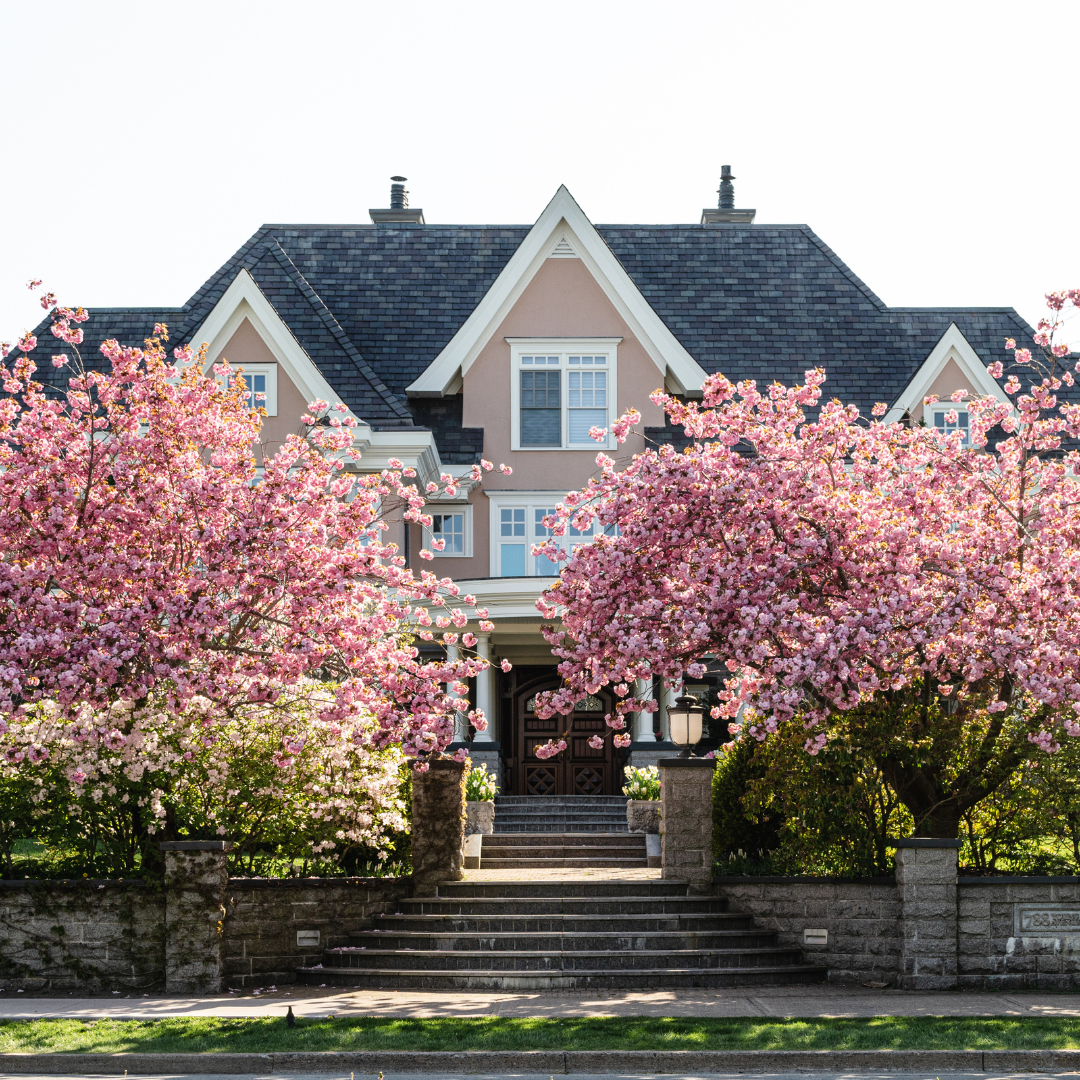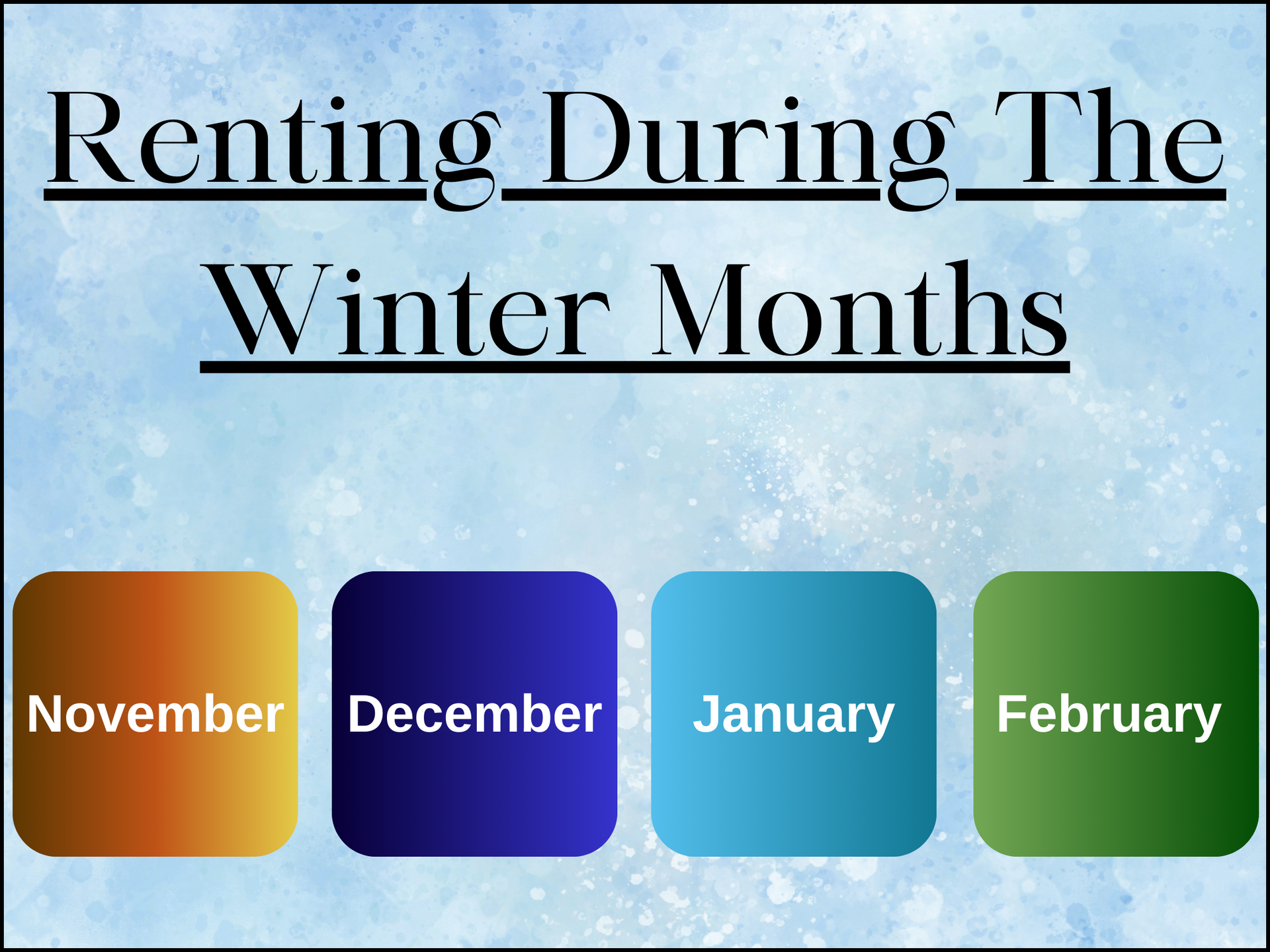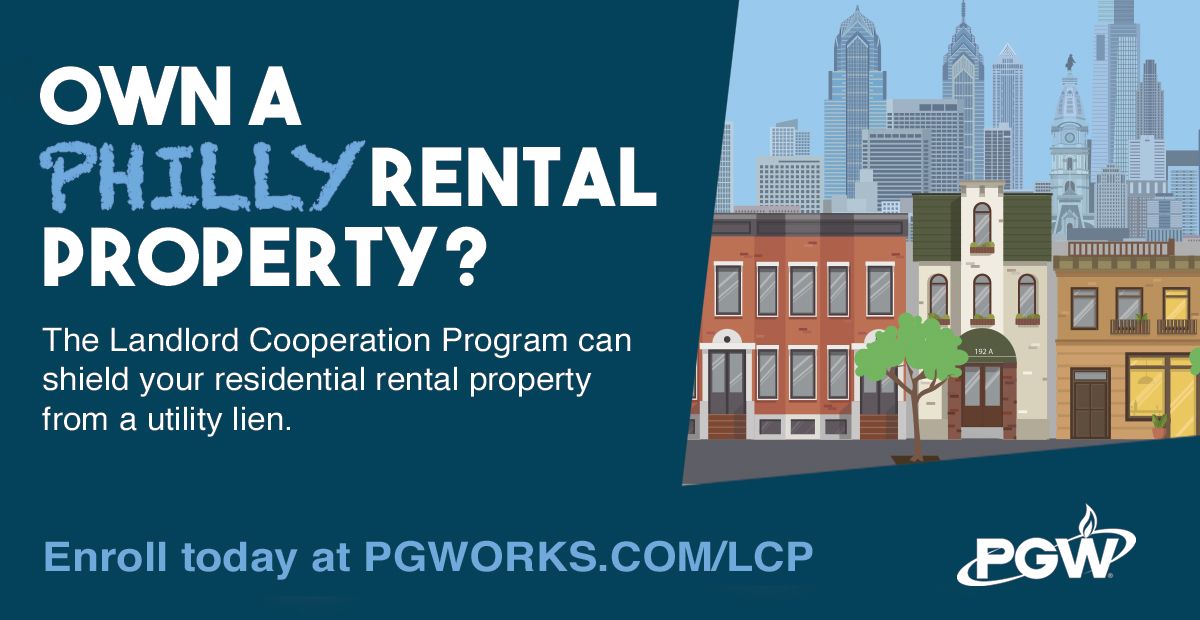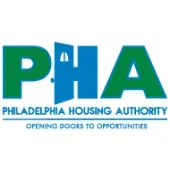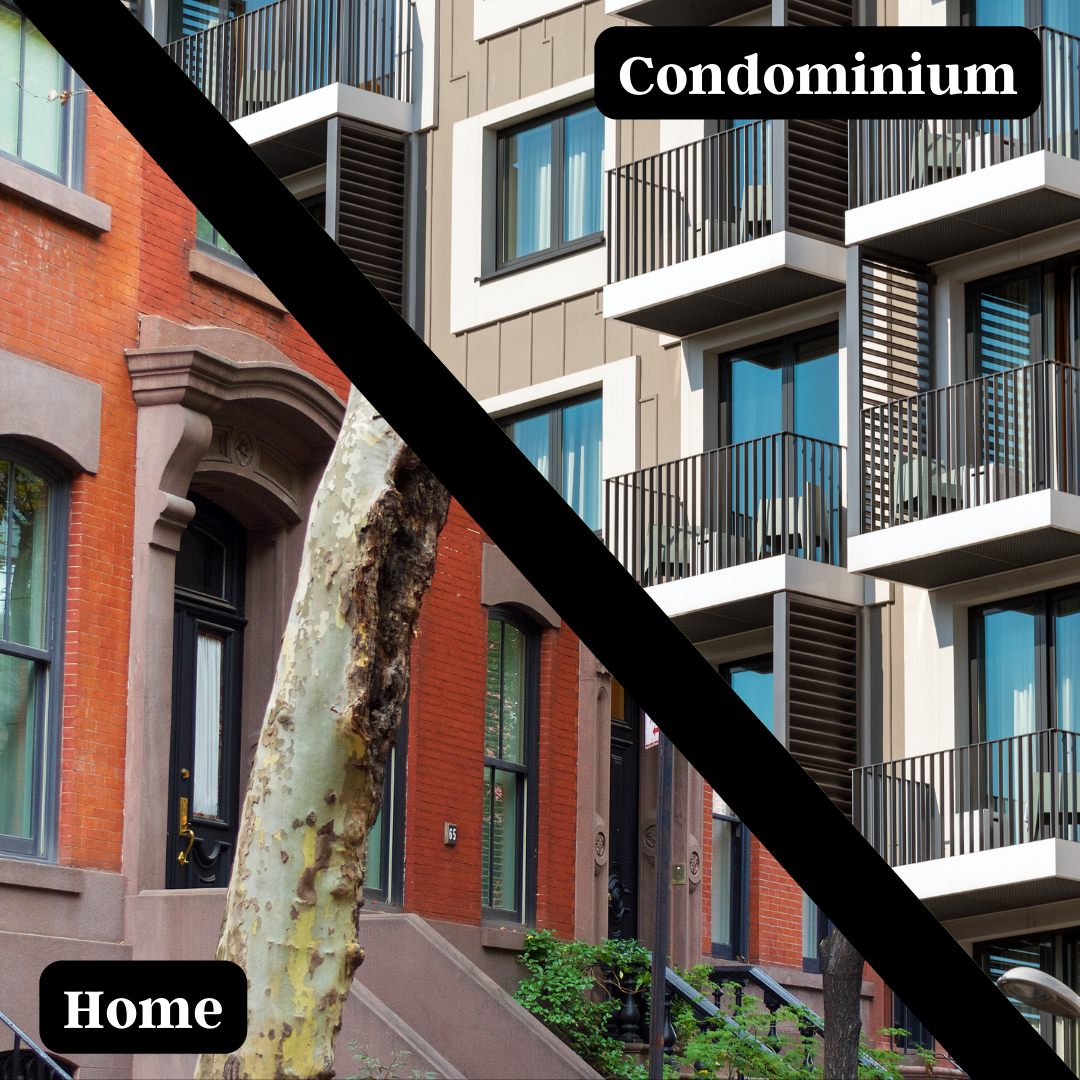What Is a Good Cap Rate for Multi Family Properties?
Before you jump into purchasing a multi-family home, understanding metrics like cap rates can help identify how much of the investment will come back to you. The higher the rate, the better it is for investors, but what exactly does a good cap rate mean? Read on to learn about how valuable cap rates are for your next real estate venture and how it affects the other factors that go into a multi-family property.
What Is a Cap Rate?
Cap rate (capitalization rate) is your return on investment, assuming the property was purchased in cash. It shows how long your investment will take to reward you and, of course, when to expect to earn a profit. Cap rates are calculated using this formula:
Cap Rate= (Income - Expenses) / Purchase Price
A higher cap rate means you can expect your return on investment sooner, while a smaller cap rate calculation means your multi-family investment might take longer to reward you.
Why Is a Cap Rate Important?
So what exactly is the value of a higher cap rate? Cap rates help you make better investment decisions by narrowing down the property's value. The lower your cap rate, the lower your risk, but you will likely receive lesser returns. A higher cap rate may mean a riskier investment (dangerous area, old property), but they offer higher rewards that might be worthwhile for a well-diversified portfolio. Understanding cap rates can help investors to:
Identify Risk Level- Analyze and Compare the Value of Investments
- Calculate ROI of Properties
These three metrics are extremely valuable when diving into an investment, and property managers like ANCHOR Realty NE push investors to understand the importance of a good cap rate.
What Is a Good Cap Rate for a Multi-family Home?
If you're looking to invest in a multi-family home, a good cap rate is around 4-10%. Multi-family homes usually have lower cap rates than most properties, where it's standard to find an 8-10% cap rate. This is a broad range, but additional factors can cause these numbers to fluctuate. In addition to the cap rate, you also want to pay attention to the asset's class, location, and property type.
Regarding asset class and age, the cap rate for multi-family homes is divided into four classes: A, B, C, and D.
Class A is for properties ten years or younger, B represents properties between 10 and 20 years, C is for properties 20 to 30, and D is for properties older than 30. Newer properties are less risky and, as such, have lower cap rates, while older properties are much riskier and have higher rates.
Real estate investors typically look to large markets for valuable properties. Tier 1 properties have an average cap rate of about 3.75-4.75% and are located in major cities like New York, Los Angeles, Seattle, San Diego, and San Francisco. Tier 2 properties have an average cap rate of 4-5.25% and are located in mid-major cities like Atlanta, Minneapolis, Philadelphia, Phoenix, and Portland. Tier 3 properties are between 5.25 and 7% and are in smaller markets like Kansas City, Oklahoma City, and Salt Lake City.
Invest Wisely With ANCHOR Realty NE
Cap rates are just one of the many metrics to consider when investing in your properties. It's important to consider the other factors and how they affect the risks of choosing your next investment. Determine your goals and the returns you're seeking for any potential acquisitions. The last thing you want to do is jump into a decision without a proper understanding of cap rates and the other influences on property value.
With ANCHOR Realty NE, you'll receive access to various resources and
real estate investment advice to help guide you to the right choices. If you're on the lookout for a
property manager in Baltimore & Philadelphia, reach out to us today and learn more about a good cap rate and the other metrics that play into a worthwhile investment.

